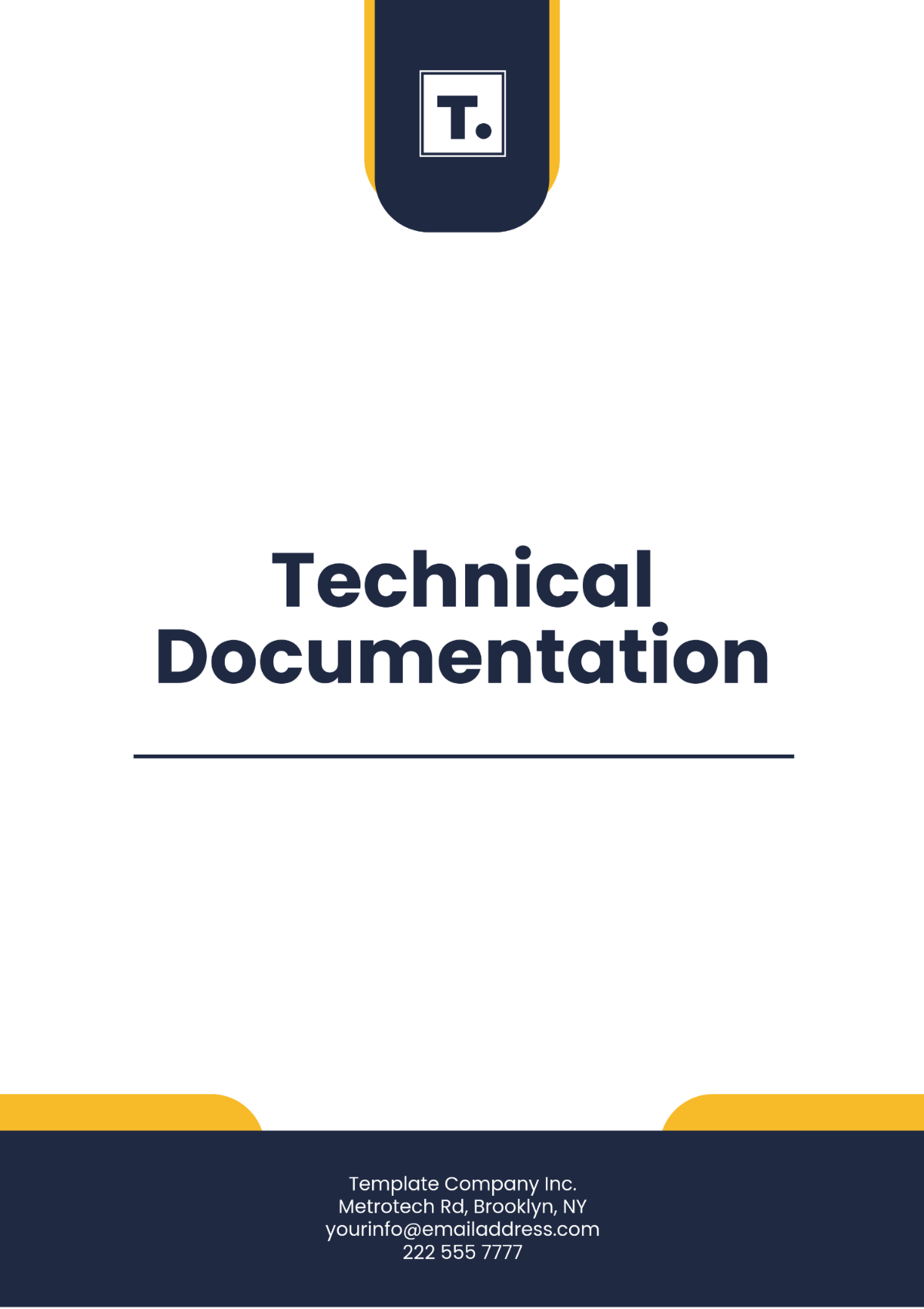Free Technology Brief
Discover Template.net's Technology Brief Template, your essential resource for concise tech analysis. This editable and customizable template simplifies outlining key tech concepts, innovations, and impacts. Tailor it effortlessly to your project requirements, ensuring clarity and effectiveness. Plus, it's editable in our Ai Editor Tool, offering seamless adjustments for personalized briefs. Streamline your technology analysis with this indispensable resource.





























